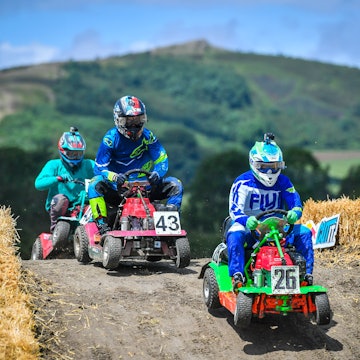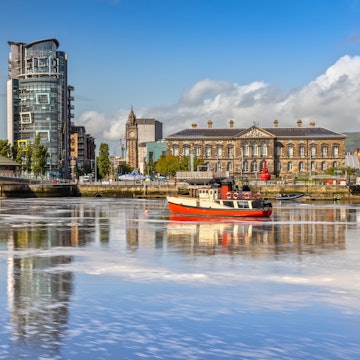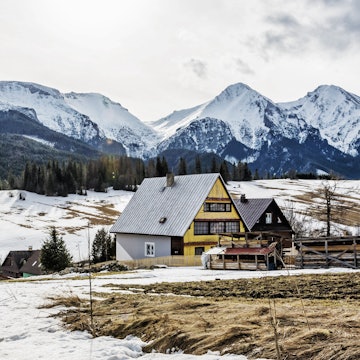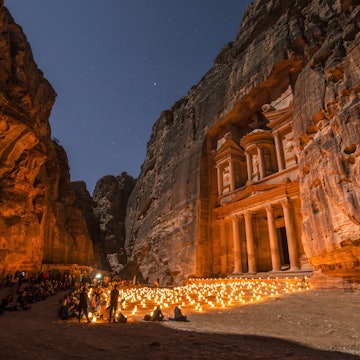
Five things I learnt from watching a match in every European football league in one season
Aug 8, 2019 • 5 min read

Footie fanatic Matt Walker gave up his office job in June 2017 to embark on an almighty challenge: to watch a top-division football match in all 55 UEFA nations over the course of a single season.
After speaking to Lonely Planet during a brief stoppage in his tour, he completed his mission in Montenegro in April 2018 and has since written a book, Europe United, about his experiences.
In this guest post, Matt reflects on five things he learned from a year on the football road.
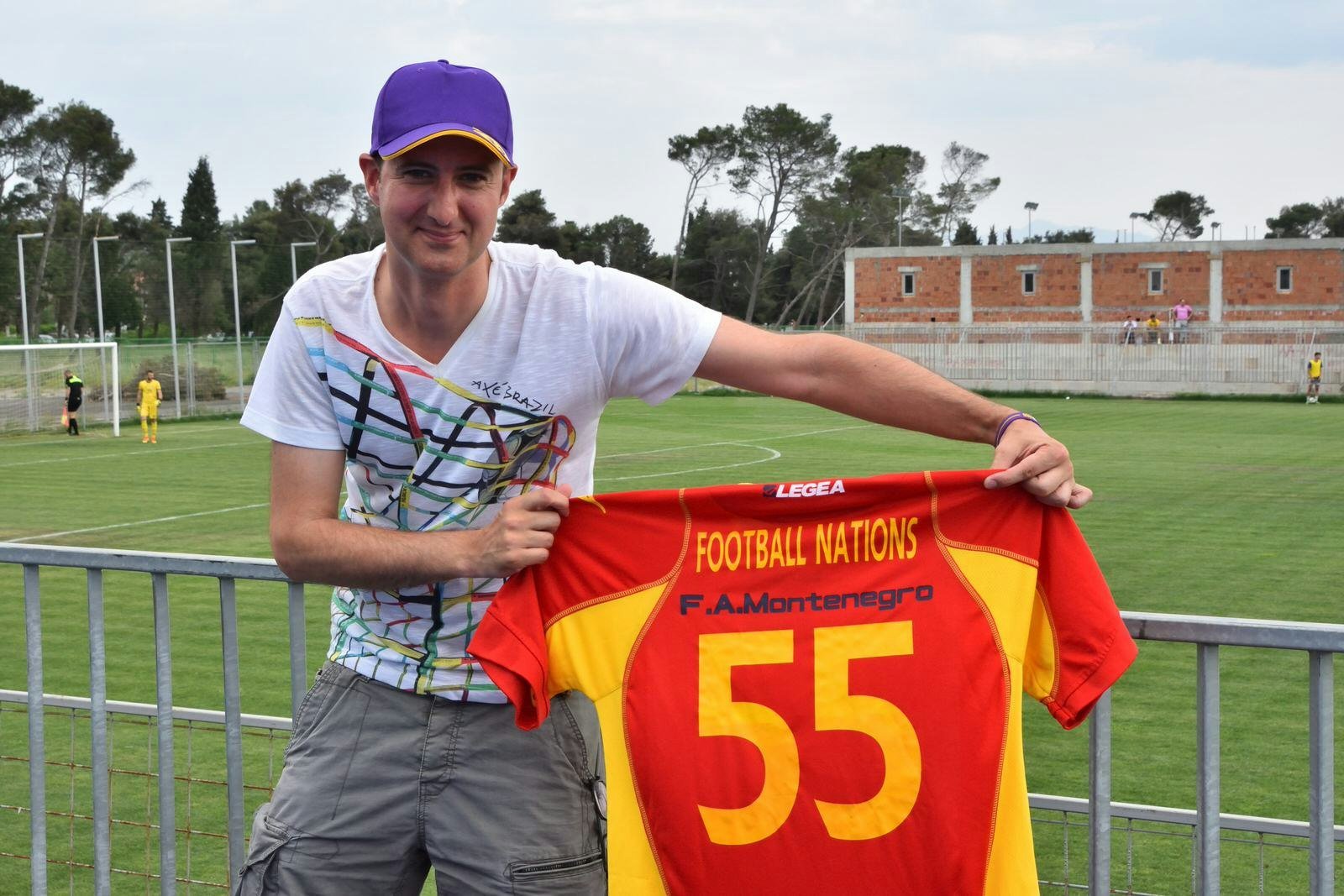
Games in Europe are very cheap to watch
Football may be expensive to watch in the UK, but games were pleasingly economical across much of Europe. In Belarus, for example, entrance to the game, a beer, a bottle of water and return travel on the glitzy Minsk metro was just £5.
My cheapest ticket was 70p in Kazakhstan, and on fifteen occasions free entry was granted to all spectators, including matches in Georgia, the Faroe Islands, Azerbaijan, Armenia, San Marino, Andorra, Gibraltar and Montenegro.
It didn’t necessarily help attract crowds. There were just twenty-two spectators, a cat and a dog at my encounter in San Marino – admittedly the least populated of the 55 UEFA members.
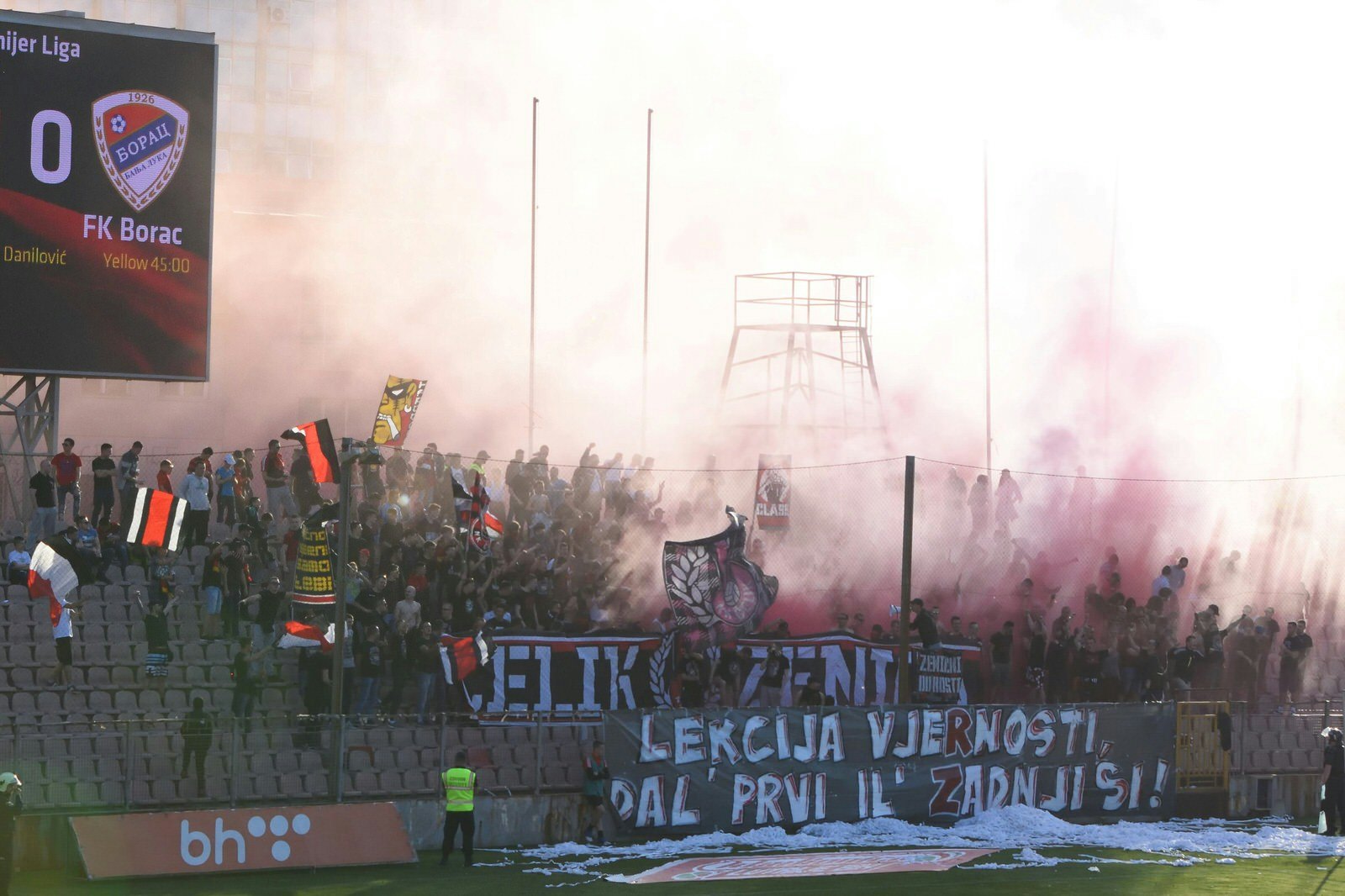
It’s always good to turn up early
I typically arrived at the stadium an hour before kick-off to absorb the atmosphere and increase my chances of interacting with locals. I was even earlier in Vitebsk, the fourth largest city in Belarus, and the stadium gates were closed.
When they opened, I chanced upon tough-looking fans from the Section 8 ultra group. They were mightily impressed I had shunned an invitation from perennial title-winners BATE Borisov to visit Vitebsk. I watched a riveting 2-2 draw with them in Section 8, and the night ended with drinks and draniki (Belarusian potato pancakes) with my new friends.
Similarly, when strolling around Zenica, an industrial town on few tourists’ itineraries in Bosnia and Hercegovina, before a game, I spotted some fans selling T-shirts from a cardboard box.
They were the Robijaši (‘the convicts’) ultras of home side Čelik who take their name from Zenica’s notorious prison. Excited to showcase their team to a visiting fan, the Robijaši recited amazing tales that provided me with context and colour I would otherwise have missed. And they gave me a free T-shirt.
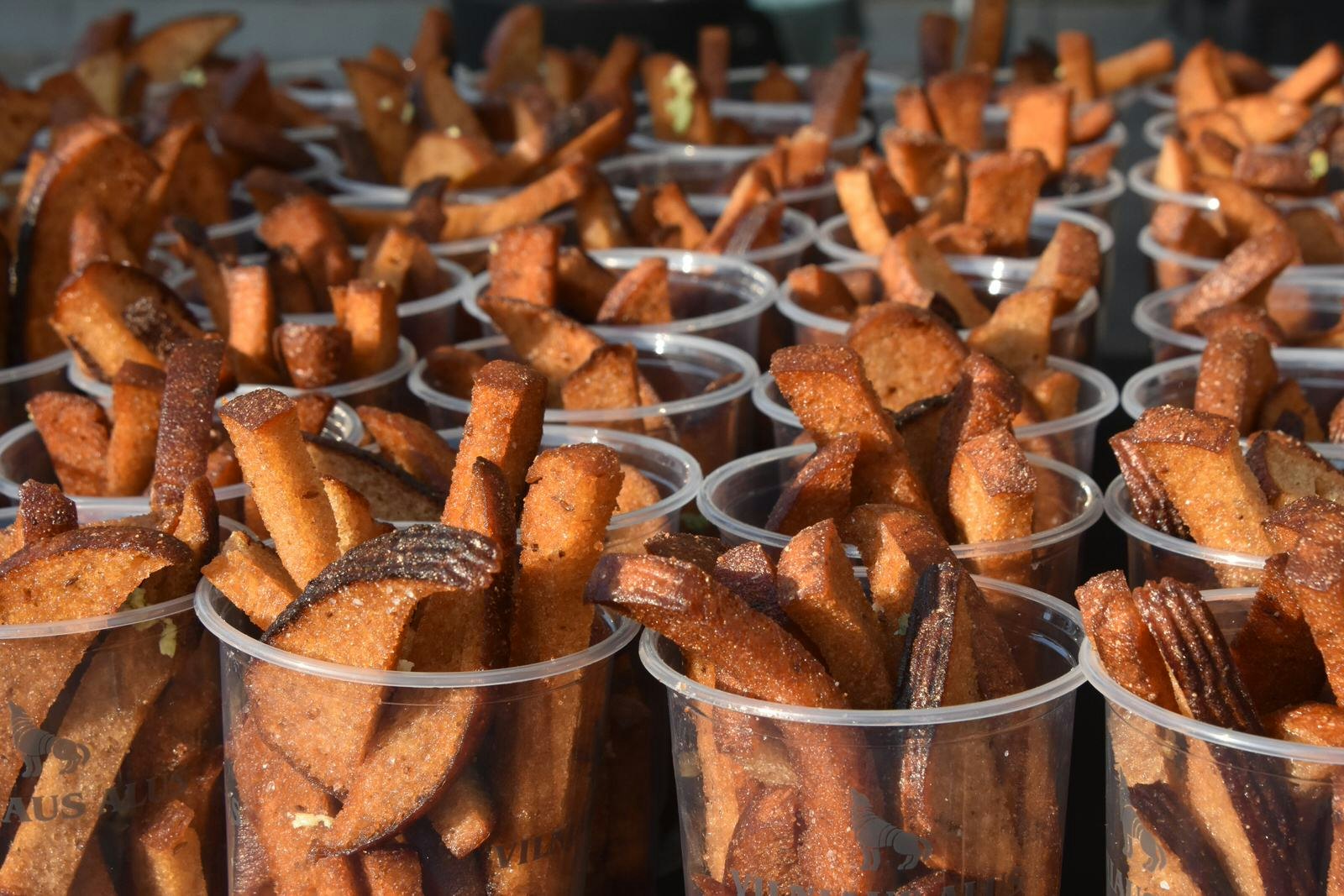
Lithuania has the tastiest terrace snacks
Sometimes on my footballing odyssey everything fell perfectly into place. It was a beautiful summer’s evening at my Lithuanian match in Vilnius. Sweet local ale was flowing, and each glass was accompanied by a cup of beer sticks: delicious charred rye bread fried in garlic and sesame seeds. I could have stayed at the LFF stadium for hours to indulge were it not for the DJ’s strange fixation on playing Europe’s ‘The Final Countdown’ on repeat.
I also enjoyed the crunchy frites in Belgium, the sausages in Finland, the sugar-packed stroopwafels in the Netherlands and an especially good Scotch pie at Ross County, in Dingwall. Top of the more unconventional offerings included Israel’s za’atar bread, covered in oregano, thyme and sumac spice; it was something of an acquired taste.
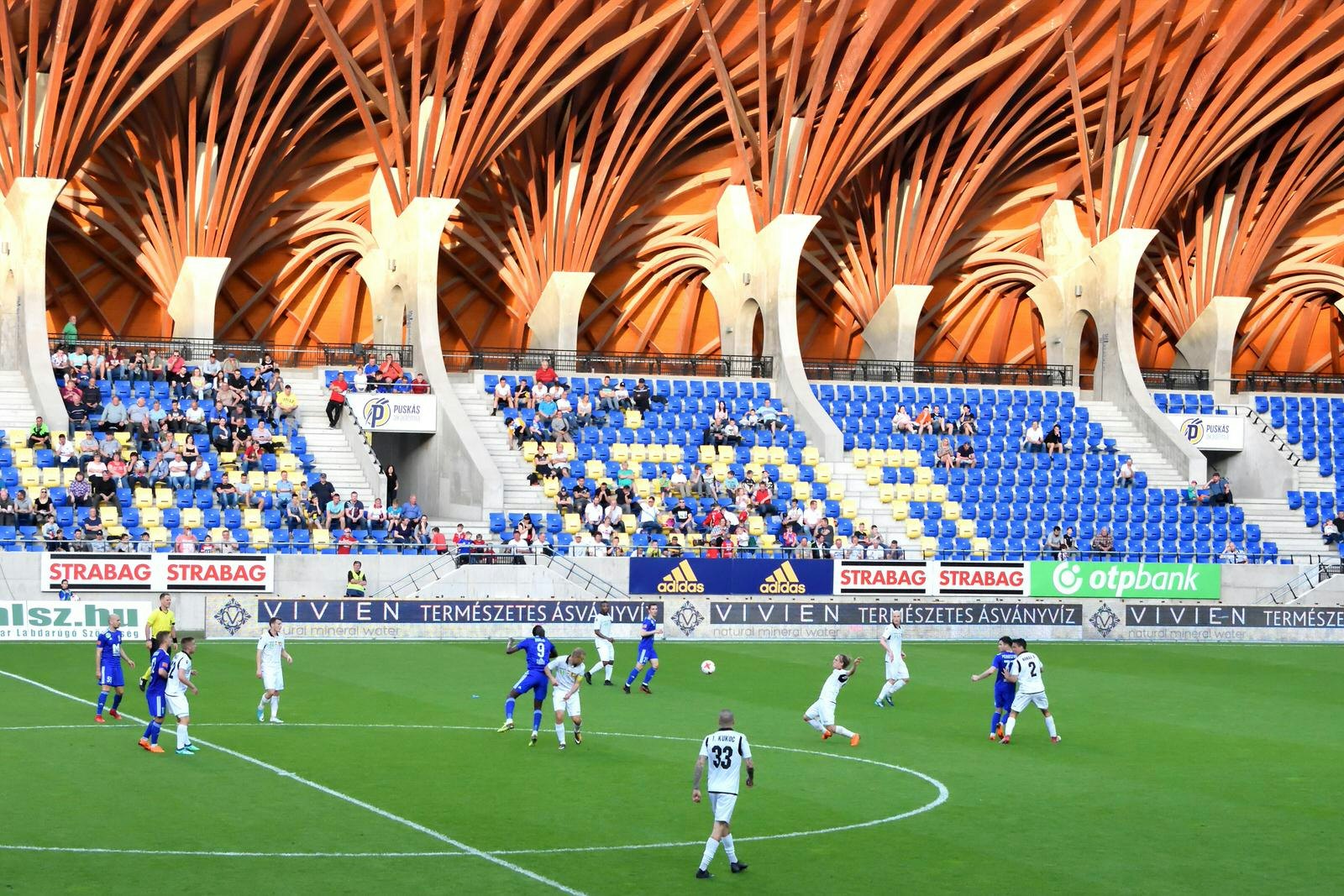
The best stadiums are in the most unusual locations
One of the things I enjoyed most about the tour was the variety of stadiums I visited.
The desert palm trees and red disco lights outside the Turner Stadium in the Israeli city of Be’er Sheva made me feel like I was rocking up at a Las Vegas disco, not the most southerly club to play in the Champions League. Another Israeli stadium looked like a giant potato peeler.
Gibraltar’s Victoria Stadium has the most astonishing view: airport to the left, the Rock to the right, and was probably my pick of stadiums cursed with athletics tracks (meaning fans are sat further from the action). Other top picks include the charismatic Republican Stadium in Yerevan, built from the beautiful pink-hued stone that characterises the Armenian capital, and, closer to home, Glentoran’s Oval, in Belfast, is a throwback ground with photogenic and decrepit terracing circling the ground, tight wooden seats and the yellow cranes of Belfast docks on the horizon.
My absolute favourite though was the astonishing Pancho Aréna in the otherwise unremarkable town of Felcsút. A stunning creation of sweeping curves and timber beams, it’s worth going to Hungary just to see it!
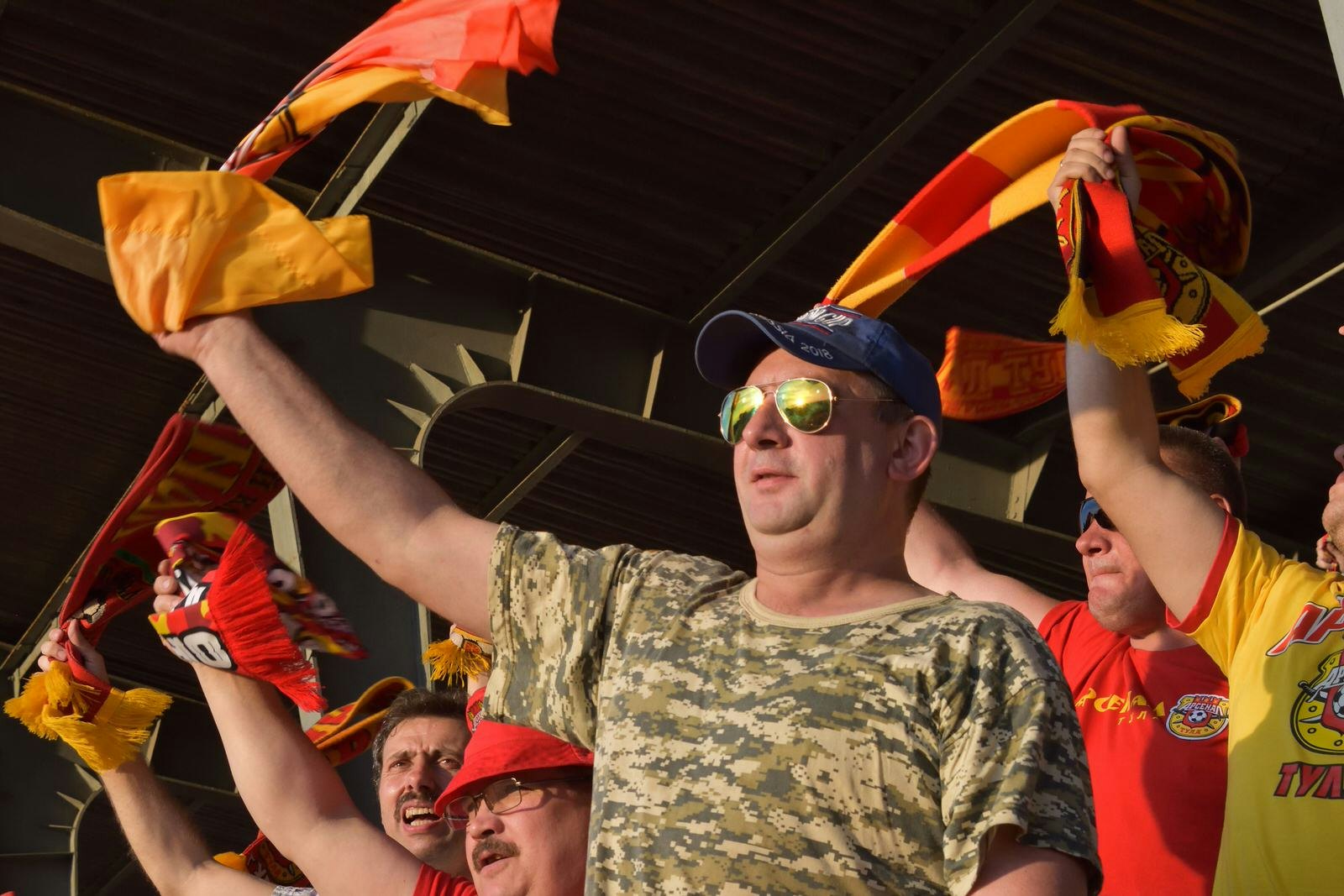
Football passion can be found in unlikely places
I was amazed to see just how deeply the love of the beautiful game runs through Europe, even in the far corners of the footballing map.
In the Russian city of Tula, for example, which is more well-known for its armaments industry than its football team, ‘Arsenal’, the atmosphere was electric, with the good-humoured home fans twirling red and yellow scarves and stoically singing, 'one day we will be famous as the London Arsenal!'
Likewise, in Norway’s second city of Bergen – where residents follow Brann with an unerring passion – I stood in the lashing rain and chanted with the hardcore contingent as they convincingly beat Stabæk. ‘We win 5-0 and it has stopped raining’ exclaimed one fan. I wasn’t sure which was the more surprising.
Everyone in the Turkish city of Trabzon was seemingly high on caffeine, cigarettes and football. Local residents helped build Napredak’s stadium in the Serbian city of Kruševac (in just three months!). And, despite struggling to find the stadium in Gjilan, for my match in Kosovo, I was told about the lightning-hot derby between local clubs Drita and Gjilani within minutes of arriving.
The vast majority of fans I met during my trip were very welcoming, with a palpable love for their team and the sport in general. But, once or twice this passion from fans did spill over into something unsavoury. The notorious Kraków derby, dubbed ‘the Holy War’, turned sour when Cracovia fans started shooting fireworks at Wisla supporters. Completely unforgivable, but at least the home fan’s flares provided the pretty backdrop featured on the cover of Europe United.
Europe United, Matt’s book about his year-long odyssey, is out now. Find more info about his trip on his website.





